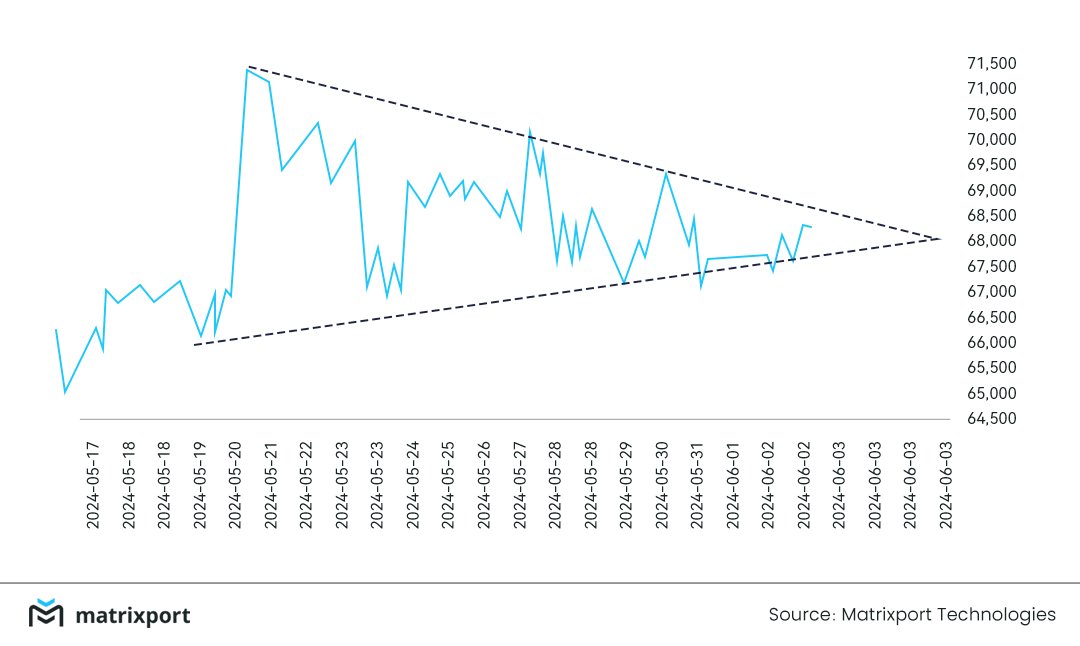
Bitcoin revisited $58,000 around the July 9 Wall Street open, despite ongoing Bitcoin transactions by the German government. Data from TradingView indicated an upward BTC price momentum, culminating in daily highs of $58,102 on Bitstamp. The German government moved approximately 3,000 BTC, with both inbound and outbound transactions observed.
Market Reactions to BTC Movements
The previous day’s market activity included transactions involving coins from the defunct exchange Mt. Gox. According to Ki Young Ju, CEO and founder of the on-chain analytics platform CryptoQuant, the market remains heavily influenced by psychological operations. Ju noted that government BTC sales are negligible compared to overall liquidity, with most Mt. Gox BTC holdings yet to move to creditors. He suggested that “smart money” is replacing “dumb money,” indicating that the market is still in its early stages.

BTC/USD 1-hour chart. Source: TradingView
Trading firm QCP Capital reported increased speculative trading behavior, observing that BTC and ETH had made higher lows despite thin liquidity. This speculative selling pressure, rather than real spot demand, suggests an over-positioning for a downside.
Signs of Stability and Market Optimism
BTC/USD traded up 1.5% on the day, prompting some market observers to express cautious optimism. Popular trader and analyst Rekt Capital highlighted initial signs of stability in Bitcoin after its recent crash. He pointed to a downward-sloping trendline that needs to be broken for a full recovery. The relative strength index (RSI) data on daily timeframes suggested a bullish divergence with the price, indicating that a bullish divergence could challenge the current downtrend.

BTC/USD chart with RSI data. Source: Rekt Capital/X
A chart from Rekt Capital showed Bitcoin reclaiming a support level of around $56,750, coinciding with previous lows seen at the start of May.
Need for a Catalyst
Keith Alan, co-founder of trading resource Material Indicators, was also cautious about BTC/USD’s potential recovery. He noted that Bitcoin still lacked the momentum to reclaim levels lost in recent weeks, including the 200-day moving average at $58,822.

BTC/USD chart. Source: Keith Alan/X
Alan stated that a pushback down to $54.3k would invalidate the current trend. He added that while there is moderate strength at the moment, a catalyst or a substantial block of BTC bid liquidity is needed to reclaim the 200-day moving average.


























